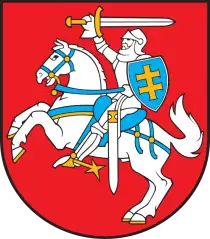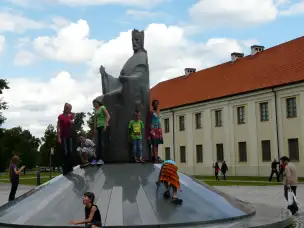As one of the Baltic states, Lithuania has much to offer tourists, from medieval castles and picturesque national parks to beautiful seaside beaches.
Vilnius, the capital of Lithuania, is one of the most beautiful cities in Eastern Europe, known for its Baroque architecture, rich history, and artistic atmosphere. The historic Old Town of Vilnius, a UNESCO World Heritage site, is a true gem, full of charming alleys, monuments, and churches.
The castle on the island in Trakai is one of Lithuania’s most famous and picturesque landmarks. Located on Lake Galvė, this castle was the residence of Lithuanian princes and a symbol of the power of the Grand Duchy of Lithuania.
The Hill of Crosses is one of the most moving sites in Lithuania, symbolizing the Lithuanian people’s resistance to persecution. Thousands of crosses have been placed here by the faithful as expressions of faith, memory, and hope.
Odkryj najlepsze loty do blisko sto miast na różnych kontynentach. Sprawdź aktualne ceny i promocje.
Sprawdź loty do blisko sto miast na różnych kontynentachChristianity in Lithuania
It is said that Lithuania officially adopted Christianity in 1387 after Jogaila married Jadwiga, as this was an official baptism recognized by the Holy See, permanently linking all of Lithuania to Western Christianity. However, Lithuanians’ encounter with Christianity is much older, with the first churches appearing on Lithuanian lands more than a century earlier.
In 1251, the ruler of the Grand Duchy of Lithuania, Mindaugas, was baptized, but this was primarily a political act to gain support from Christian neighbors. After his death, Lithuania reverted to paganism. Some sources suggest that certain Lithuanian rulers had contacts with Christian hierarchs, and their baptisms were performed by the Archbishop of Riga. The Teutonic Order had an interest in keeping Lithuania pagan, as this justified their military and political activities. The Order actively blocked information about potential baptisms of Lithuanian rulers and even eliminated envoys to prevent formal recognition of Lithuania as a Christian country.




